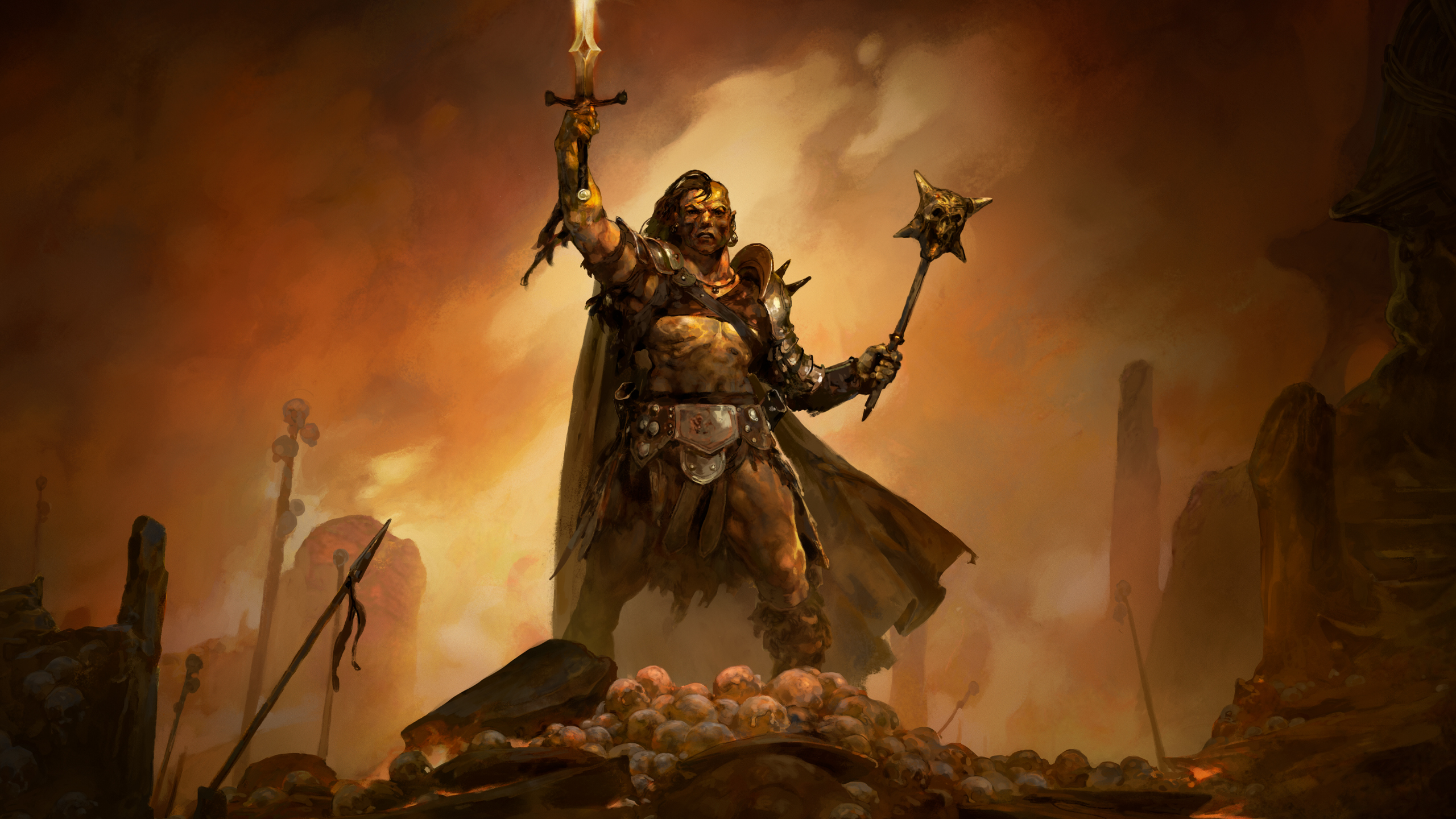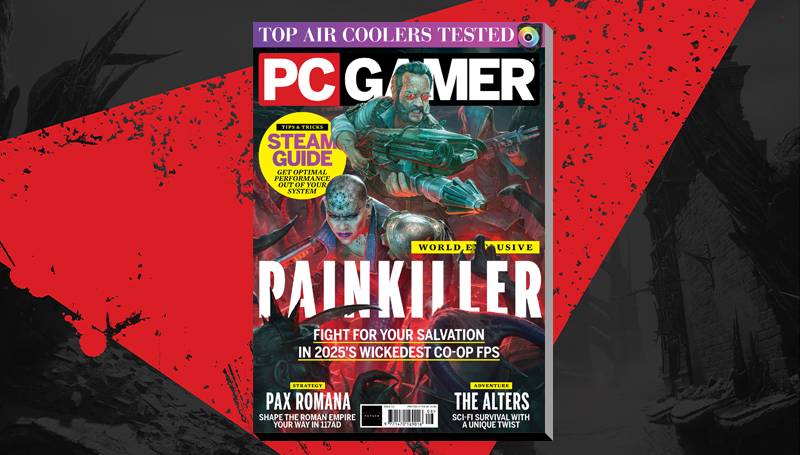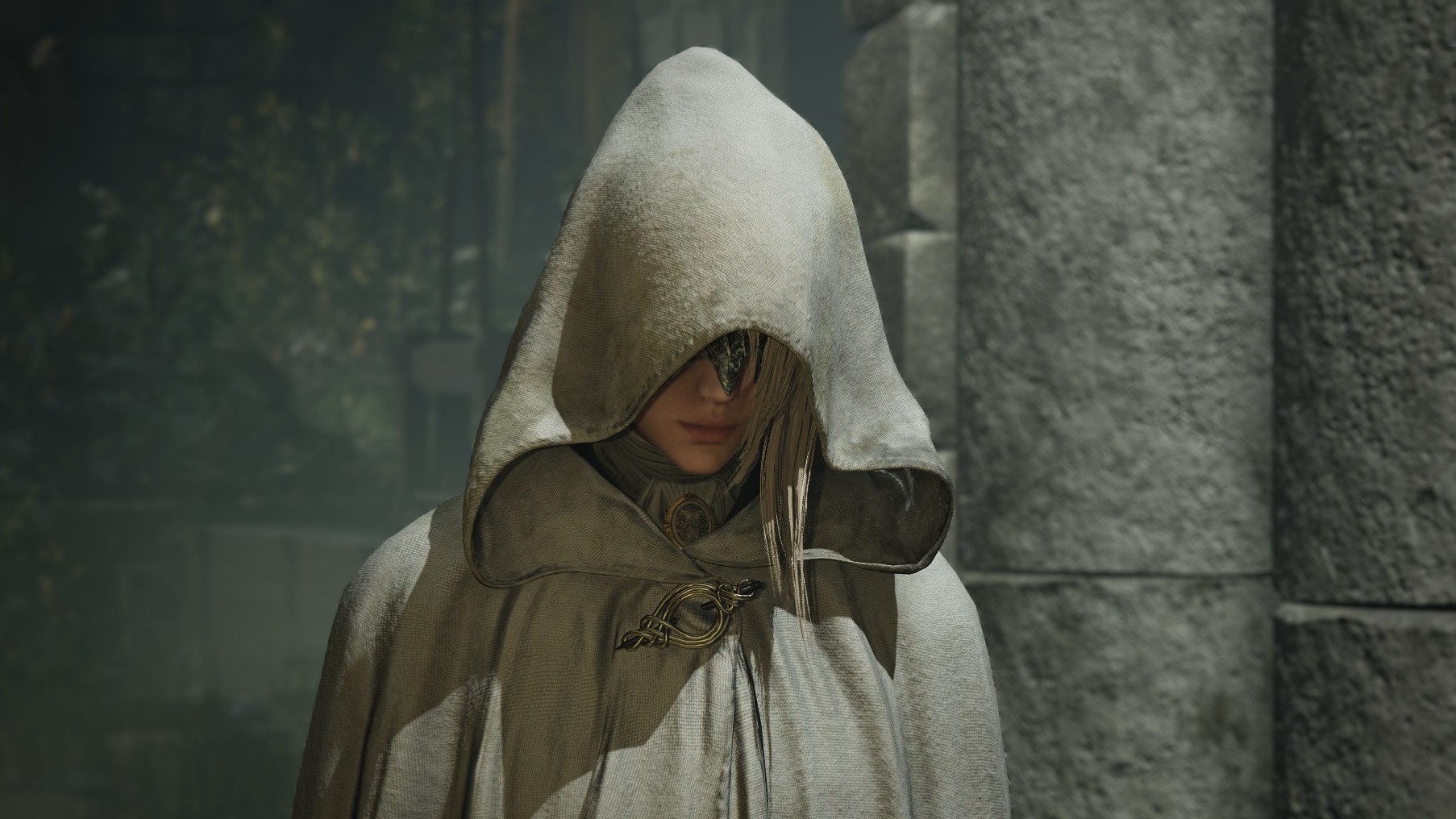
Grinding Gear Games isn't too interested in Diablo 4's MMO-lite ideas, either.
Having played the first few hours, I’m still a little shocked that brooding gothic action RPG Path Of Exile 2 (due out later this year) is set to be free. Or at least, every bit as free as its predecessor. During a preview event in Los Angeles, I got to ask the game’s director, Jonathan Rogers, if the game would be following at all in the footsteps of Diablo 4, which despite catching some flak for its aggressive live service monetization and MMO aspects, has still been Blizzard’s biggest financial hit yet.
His response for Path of Exile 2 was clear. “It’s definitely not an MMO. I’ve never liked MMOs, actually,” he said. Rogers explained that while he was a huge Diablo 2 fan, he firmly bounced off World of Warcraft and its more social side. He’s an ARPG diehard, still making the kind of game that appeals to him, and doesn’t feel that MMO elements bring much to the classic ARPG formula.
“I don’t think there’s a huge amount of value to the shared overworld. There’s a lot of theoretical value, like ‘you can encounter someone and make friends with them and go on adventures,’ and I’m sure that happens sometimes, but the vast majority of people aren’t getting that experience out of it. I feel it’s a lot of time wasted, when most players are spending their time in instanced dungeons anyway.”
I asked Rogers if Diablo 4’s business model was something Grinding Gear had considered, and he was quick to respond that it would be “exactly the same” as Path of Exile 1, which still runs on a broadly crowd-pleasing ‘ethical F2P’ platform, a coin termed by the studio when the game originally launched. A bit of a marketing buzzword, but in short, it’s the idea of a game that’s good enough as a free product to enjoy beginning to end, but with the option to put money down if you enjoy it and want to see it further supported. A positive feedback loop with the audience compared to exploiting FOMO or selling progression.
Aside from additional cross-character stash tabs to make item hoarding a little easier, there was (and still is) nothing you can pay money for that will make the game more enjoyable. There were some fancy cosmetic items like armor and weapon skins or alternative particle effects for spells, but they were mostly relegated to what Grinding Gear called ‘supporter packs’, emphasizing that any money spent is there to keep them making more of the same.
Over the years Path of Exile’s monetization has slipped a tiny bit closer to the dark side, with cosmetic ‘mystery’ loot-boxes and an endgame battle pass that (if paid for) gives some seasonal cosmetic goodies, but doles out helpful in-game boosts equally upon hitting seasonal goals, whether you’ve spent money or not. So far it seems that the community remains happy with this, and I must admit it feels far less intrusive than a lot of other recent live service games. It helps that these cosmetics and stash boosts are the only thing supporting the game, rather than being what you’re asked to pay for after spending $70 up front.
While no longer an expansion for the first game, Grinding Gear has also stated that Path of Exile 2 will still share its microtransaction library with its predecessor “where possible,” so players won’t have to re-buy skins, effects and goodies they picked up for the first game. Yet one more goodwill-generating measure. It’s not hard to see how PoE has been running for so long on the direct support of its fans.


